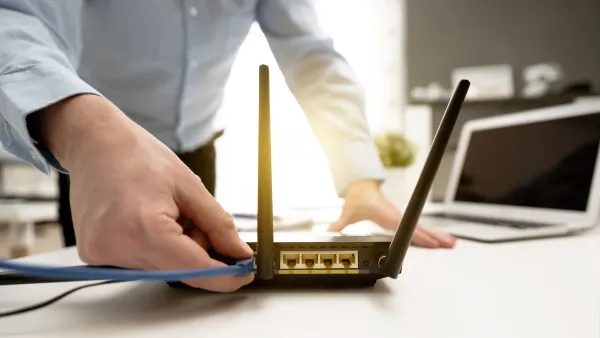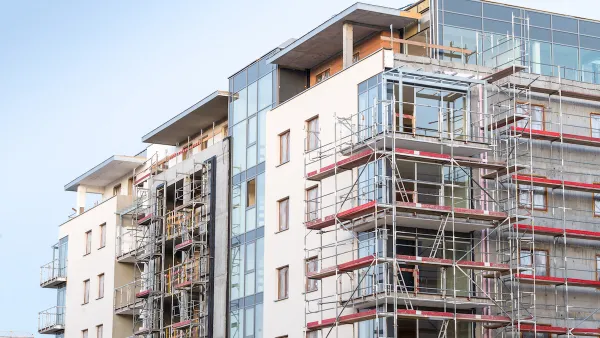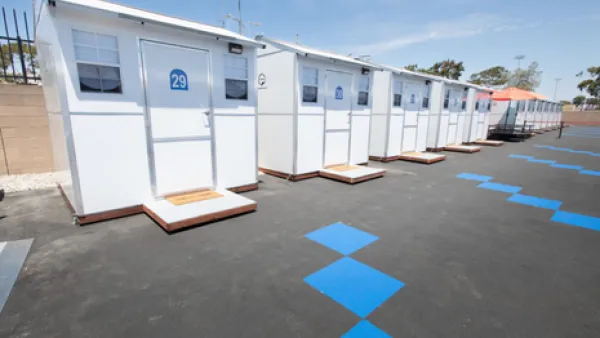Any new affordable housing projects in NYC that receive city money must wire the building for high-speed internet and provide broadband at no cost to the tenants, new city rules say.

During the presidential campaign last summer, Joe Biden released a “Plan for Rural America” calling for an investment of $20 billion to expand broadband internet access in rural communities, where, the plan noted, residents are 10 times more likely than urbanites to live without a high-speed internet connection. But even in America’s biggest cities, broadband access is not universal. Nor is it equitably distributed.
In New York, according to a 2018 report, around 30 percent of residents had no broadband access at home, with steep disparities along income and racial lines. More than half of the lowest-income residents lacked broadband access, according to the report. A third of Black and Hispanic residents, 32% and 33% respectively, lacked broadband at home, compared with 21% for white residents and 23% for Asian residents, according to the report. The COVID-19 pandemic of the last year and subsequent virtual schooling and Zoom meetings only heightened the urgency of providing better internet access for everyone; a report from Deutsche Bank last year found that the racial disparities within the digital divide could worsen over time, leaving Black and Hispanic people especially ill-prepared for future jobs, according to CNBC.
Last year, as Next City reported, New York released an Internet Master Plan aimed at expanding broadband access more equitably. Now, the city is making broadband access a necessary component of new affordable-housing projects that use city funds. In March, the New York City Department of Housing Preservation and Development adopted a new set of Design Guidelines meant to “ensure newly constructed buildings promote equity, health, and sustainability,” the Department said in a press release. According to the new guidelines, whenever feasible, all new affordable housing that use city funds must be wired for high-speed internet and provide it to all tenants at no cost to them.
FULL STORY: New NYC Affordable Housing Must Come With Internet Service, City Says

Analysis: Cybertruck Fatality Rate Far Exceeds That of Ford Pinto
The Tesla Cybertruck was recalled seven times last year.

National Parks Layoffs Will Cause Communities to Lose Billions
Thousands of essential park workers were laid off this week, just before the busy spring break season.

Retro-silient?: America’s First “Eco-burb,” The Woodlands Turns 50
A master-planned community north of Houston offers lessons on green infrastructure and resilient design, but falls short of its founder’s lofty affordability and walkability goals.

Test News Post 1
This is a summary

Analysis: Cybertruck Fatality Rate Far Exceeds That of Ford Pinto
The Tesla Cybertruck was recalled seven times last year.

Test News Headline 46
Test for the image on the front page.
Urban Design for Planners 1: Software Tools
This six-course series explores essential urban design concepts using open source software and equips planners with the tools they need to participate fully in the urban design process.
Planning for Universal Design
Learn the tools for implementing Universal Design in planning regulations.
EMC Planning Group, Inc.
Planetizen
Planetizen
Mpact (formerly Rail~Volution)
Great Falls Development Authority, Inc.
HUDs Office of Policy Development and Research
NYU Wagner Graduate School of Public Service




























